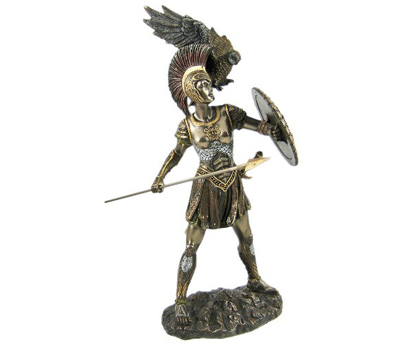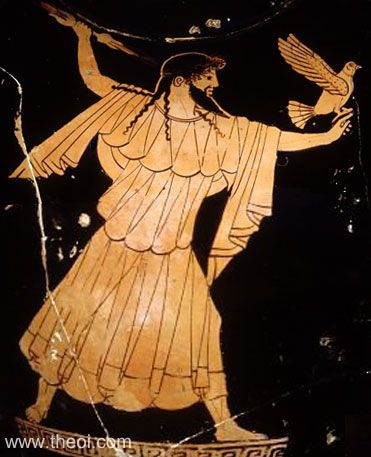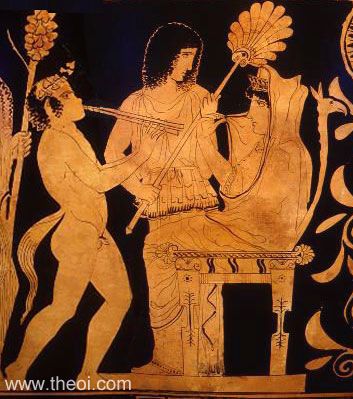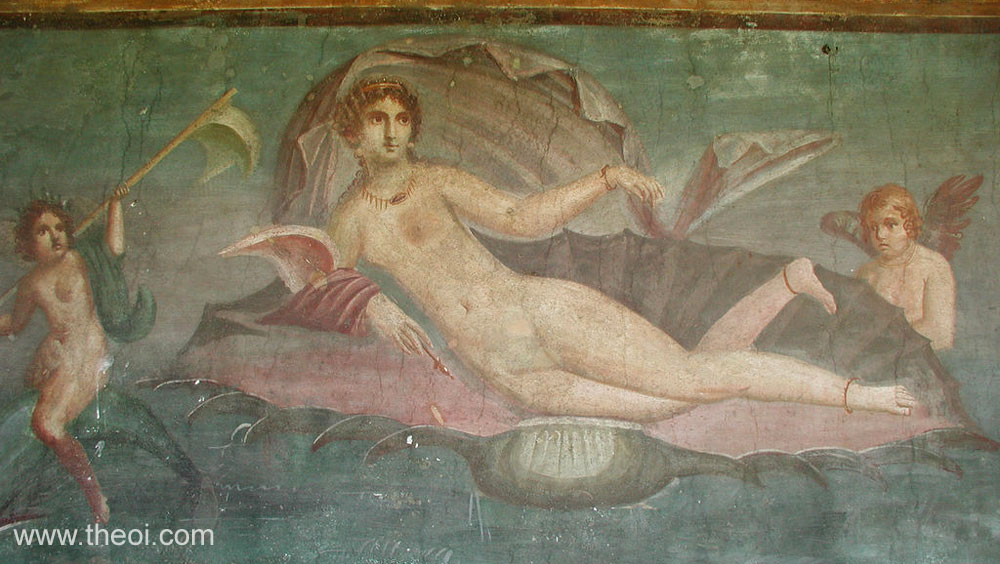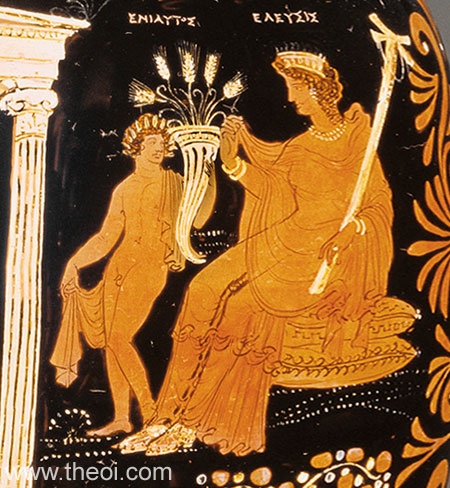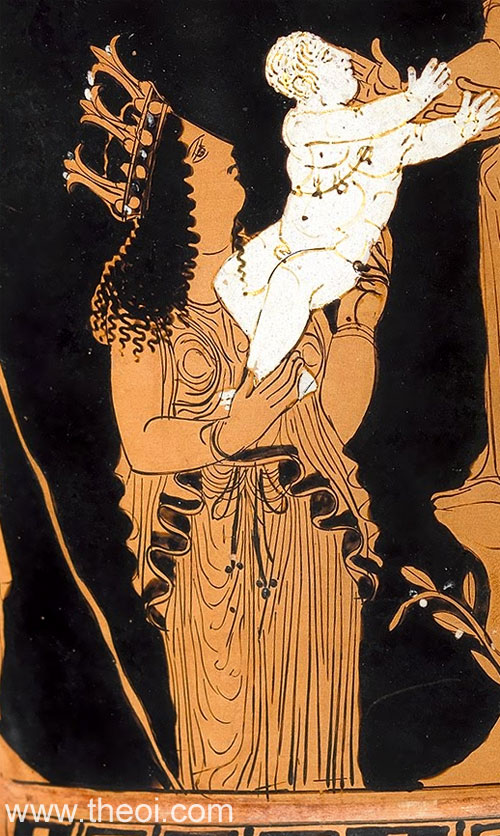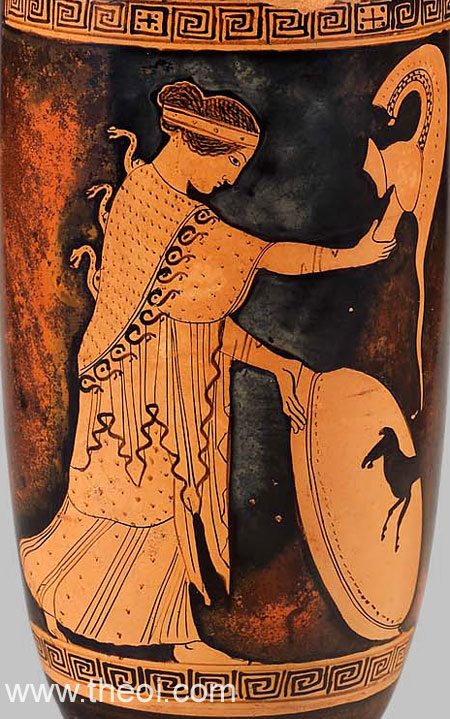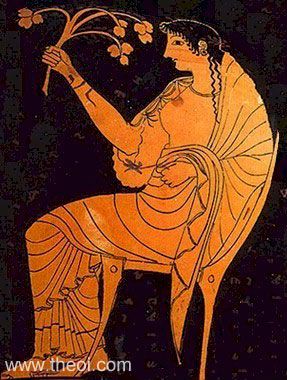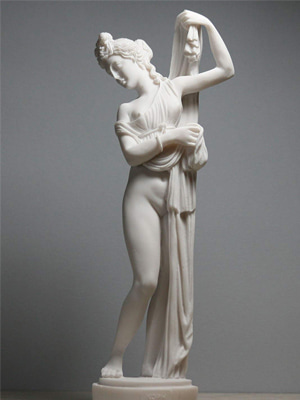According to Greek mythology, Hera—queen of the Greek gods and the wife of Zeus—was born in Samos, an island in the eastern Aegean Sea, just off the coast of modern-day Turkey.The strange story of her birth is recounted most famously in Hesiod’s Theogony. As for her legendary birthplace, Samos was one of the two greatest sites in the ancient Greek world for Hera worship (the other being Argos in Mycenae on the Peloponnesus) and home to the Heraion, the world’s largest temple to Hera.The cult of Hera had very deep roots in Samos extending back as far as the mid-second millennium BCE, so it’s no wonder ancient Greeks would have imagined Samos as her birthplace.
Here’sthe full story of Hera’s birth and birthplace.
Hera’s Birth
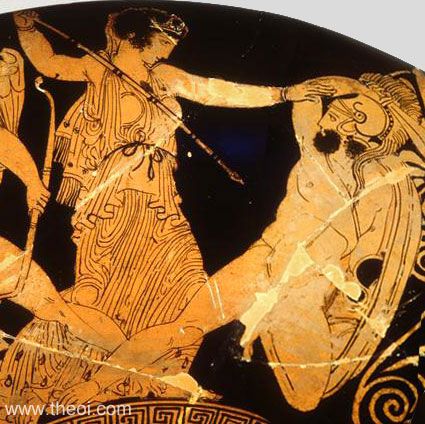
In Hesiod’s Theogony, we’re told that Hera was the daughter of Kronos and Rhea, king and queen of the Titans. The Titans themselves were offspring of the primal gods Gaia (Earth) and Ouranos (Sky), so Hera was in the third generation of the gods, known as the Olympians. According to Hesiod’s account, Rhea gave birth to the six world-ruling Olympian gods, including Hera, Poseidon, Hades, Demeter, and Histia together, and then later Zeus.
The really strange part of the story is that their father Kronos swallowed the first five children up whole, including Hera,as soon as they came from Rhea’s womb. Kronos’ purpose was to prevent fulfillment of a prophecy that one of his children would seize his Throne of Eternity up on Mt. Olympus and depose him. Rhea was understandably distressed at seeing her children gobbled up by her husband.
The moment Zeus was born she quickly replaced the infant with a rock, and Kronos in his haste swallowed the decoy without knowing the difference. Rhea then secretly nurtured Zeus until he was sufficiently strong to seize the Throne, banish the Titans from Olympus, and then defeat the Titans once and for all after a hard-fought war (the War of the Titans).
Fortunately for Hera and the other Olympians, they were not doomed to perish in their father’s belly. Kronos was given a potion that made him vomit up the children so long-held captive within him. Later Hera would marry Zeus, making her queen of the Olympian gods.
The somewhat more prosaic part of the story, provided by other sources, is that Hera was born in Samos under a sacred Lygos tree at the spot where the great temple Heraion would be built. According to legend she was married to Zeus near there by the River Imbrasos. Hera came to be the goddess of marriage and the family and was one of the few Greek gods to remain faithful to her partner. Zeus, in stark contrast, was notorious for his serial adultery, and in the evolution of the Hera myths she became known for her angry jealousy and cruel punishments of Zeus’s many lovers.
Samos
During its heyday in the 500s and 400s BCE, Samos was an important religious, cultural, economic, military, and political center. In addition to its great temple to Hera, it was also famous for its wine and its navy. It was an important shipbuilding center, and its navy of trireme warships became one of the largest and most powerful on the Aegean.It was also home for a time to the great philosopher Pythagoras, most famous now for the Pythagorean Theorem but also, more significantly for the development of Western civilization, a major influence on Plato.
In addition to all this, Samos was an important member of the Delian League, the Athenian-led defense alliance set up after the Persian Wars to ward off any further Persian attacks. The Delian League morphed into the Athenian Empire, which started to demand heavy tribute from member city-states, and in response, Samos sought to leave the League but was forced back into submission after a siege by Athenians, then under the leadership of the great Pericles.
After Sparta won the Peloponnesian War, Samos found itself falling under the control of a series of powers with only relatively brief interludes of independence—first the Spartans, then the Athenians again, then the Ptolemies of Egypt, then the Roman Empire, and finally the Byzantine Empire. By that time they had lost any significance they once had in the Greek world. Modern archeological sites on the island, however, testify to its former glory, especially as a focal point for Hera worship.
The Heraion
The Heraion was actually a temple complex, with the sanctuary of Hera as the central attraction. Gifts, dedications, and votive offerings to Hera were brought to the sanctuary from all over the Greek world, and animal sacrifices were made at the altar. The Sacred Way leading up to the main temple was lined by smaller temples apparently also devoted to Hera.
The massive great temple was first built back in the 8th century BCE and then replaced twice by even bigger temples after two devastating earthquakes. Ritual ceremonies and commemorative festivals were important features of the Hera cult. One ritual was for weddings in which couples imitated the supposed marriage rites between Hera and Zeus, a fitting celebration for the goddess of marriage.
For a long time, the island of Samos was virtually synonymous with the worship of Hera, the place she was thought to have been born and home to her most magnificent temple. Zeus may have been a lousy husband, but Hera’s worshippers, if they believed Hesiod’s story of her origins, could at least thank him for helping her escape her father’s belly to see the world and for making her by marriage queen of the gods. In any case, when it came to worship at Samos, Hera had the last laugh.
